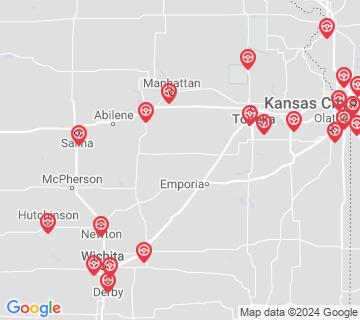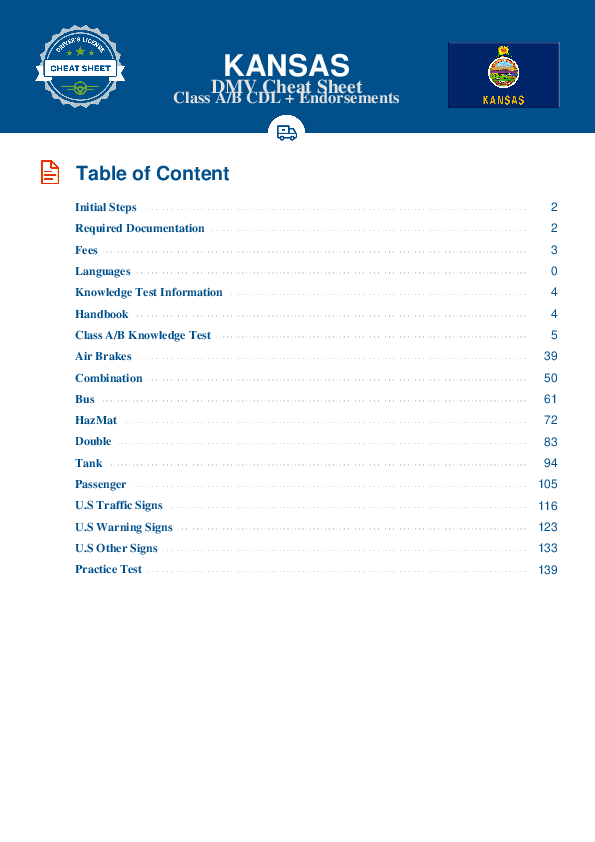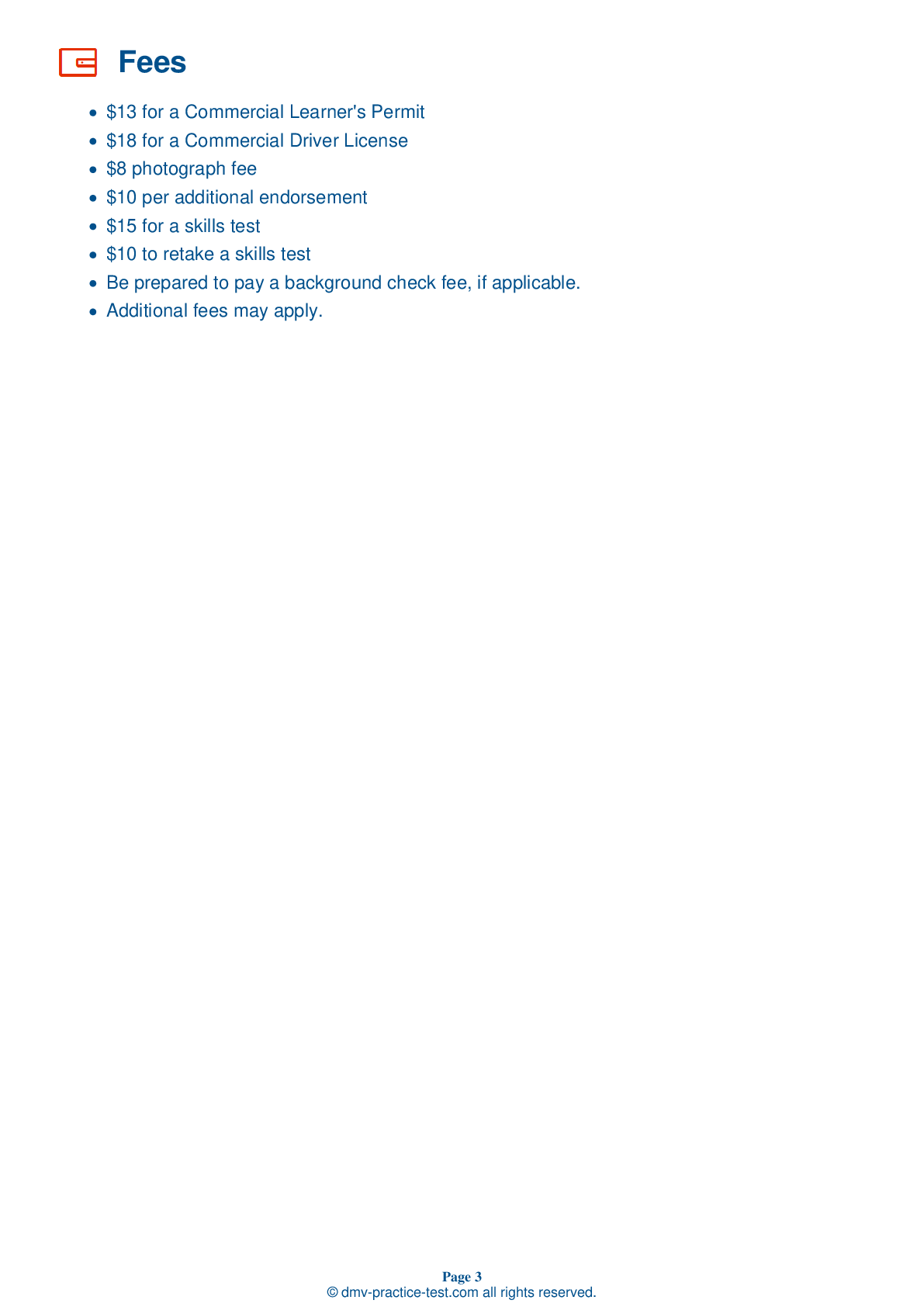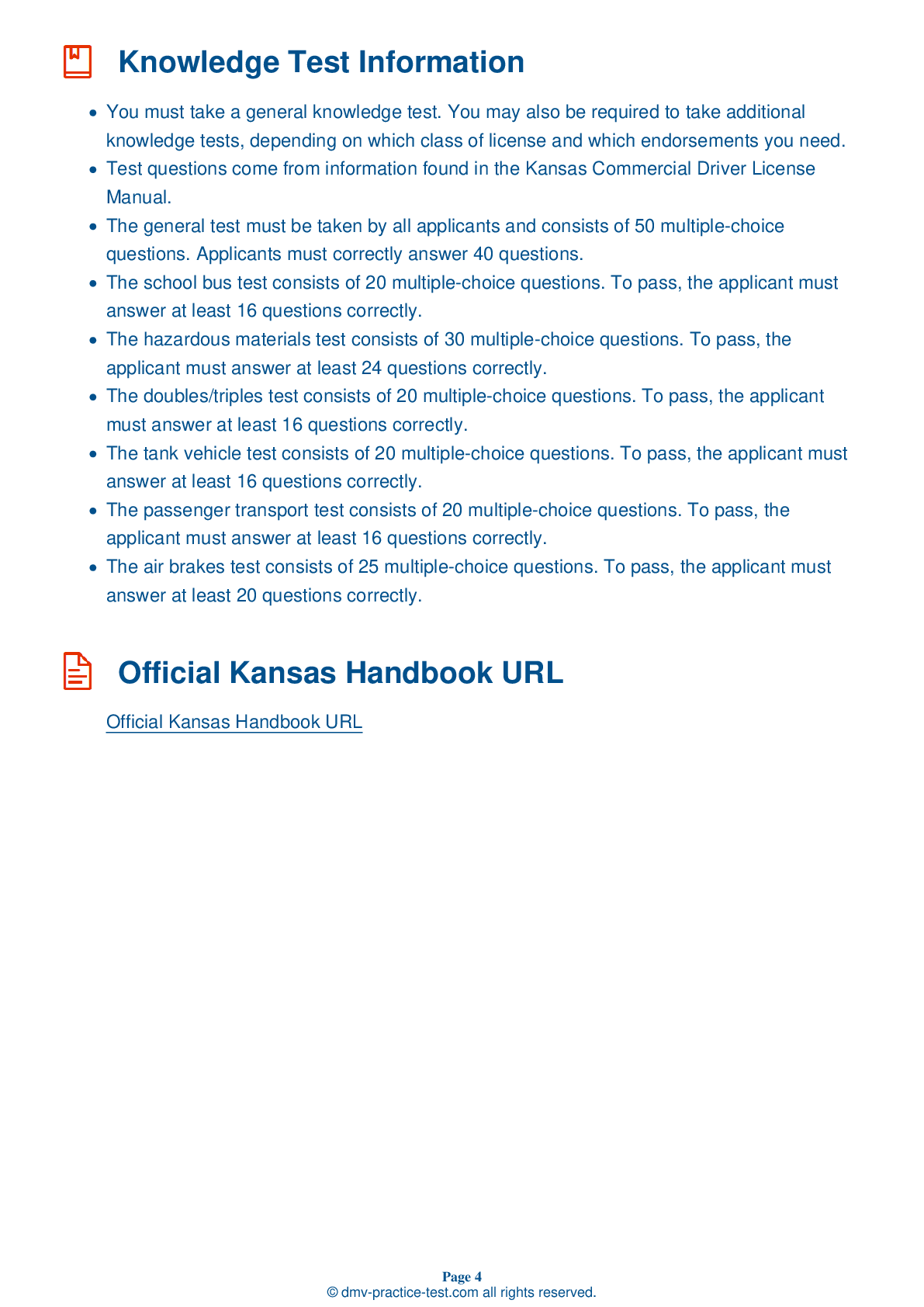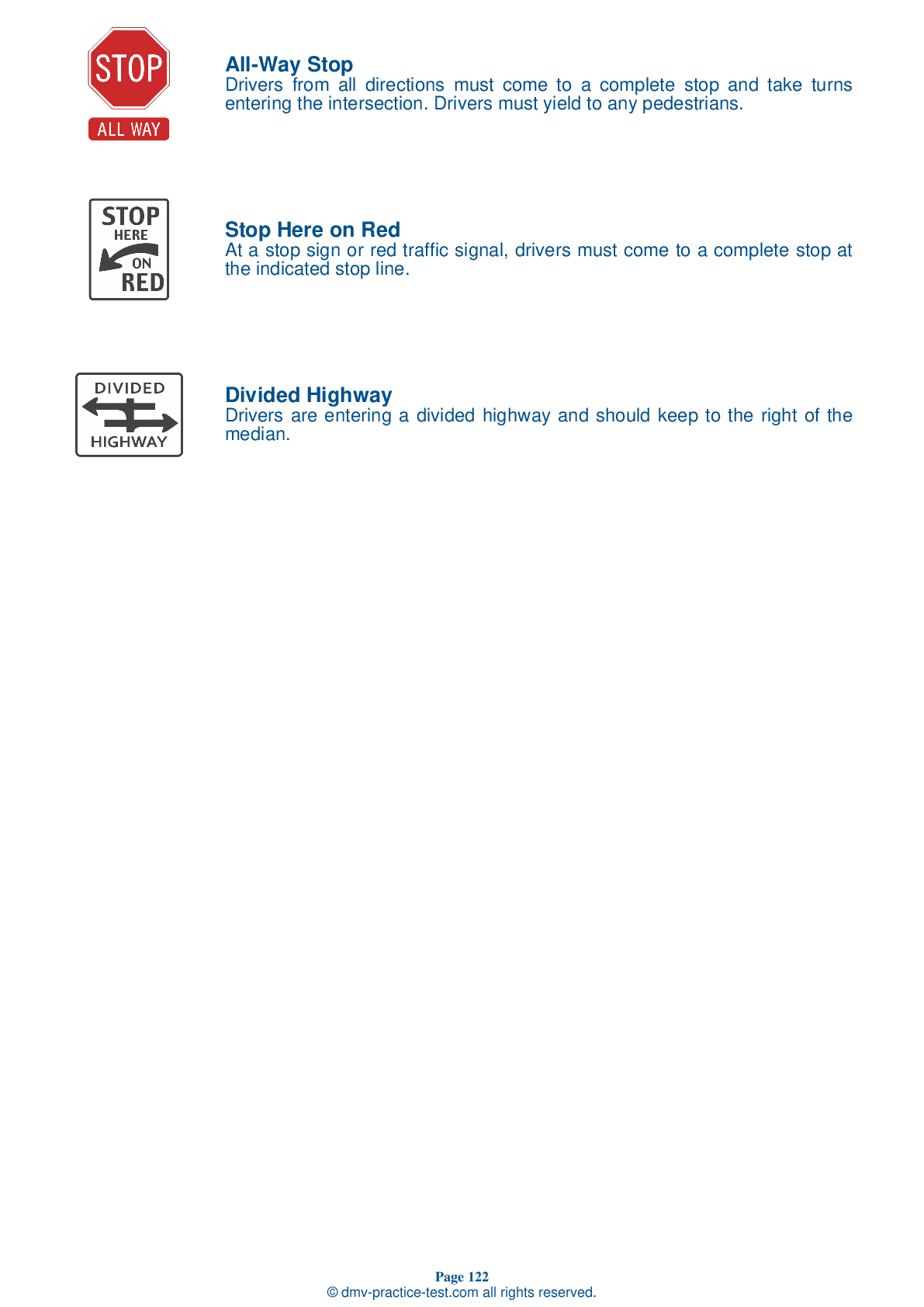Knowledge Test Class B #2
Class B Driving Test | Kansas 2025 #2 Page 7 of 7
Train for FREE online with our Kansas class B license test. The official exam test consists of several obligatory parts, with all of them checking your knowledge of different blocks of road rules. If you need to obtain a KS CDL class B permit in 2025, practice as much as possible. Free sample tests published on our website will help you check and improve your knowledge and boost your grades. Please bear in mind that CDL class B requirements may vary from state to state.
50
40
20
43 . During a basic vehicle control skills test, you may be asked to:
Pull forward into a parking space.
Maneuvers that may be included in the basic vehicle control skills test include straight line backing, offset back/right parking, offset back/left parking, driver side parallel parking, conventional parallel parking, and alley docking.
44 . On a leaf spring, the leaves:
Should shift.
When inspecting a vehicle's suspension, you should look for broken or missing leaves in the leaf springs. Any defect of this kind is dangerous. If one-fourth or more of the leaves are missing from any leaf spring, the vehicle must be put out-of-service.
45 . Driving at night is:
Discouraged.
Driving at night is more dangerous than driving during the day. It is more difficult for drivers to see hazards, the glare of headlights can affect drivers' vision, and there are more fatigued and impaired drivers on the road.
46 . While driving any vehicle in Kansas:
Only reading a text from an employer is permitted.
It is both illegal and dangerous to send or read text messages while driving in the state of Kansas.
47 . When inspecting engine compartment belts during the vehicle inspection test:
The applicant must identify which items are not belt-driven, if any.
When checking the engine compartment during the vehicle inspection test, you must check the power steering, water pump, alternator, and air compressor belts. In addition to cracks and frays, you should check the belts for snugness, allowing up to three-quarters of an inch of play at the center of each belt. If any of these items are not belt-driven, you must identify them and ensure that their components are operating properly, are not damaged or leaking, and are mounted securely.
48 . If an Anti-Lock Braking System (ABS) malfunctions:
The brakes will not work.
On a vehicle with ABS, a yellow malfunction lamp on the instrument panel will illuminate to alert you if the braking system is not working.
49 . Drivers are usually the least alert:
In the afternoon.
Drivers are usually less alert when driving at night, especially after midnight.
50 . If being shipped on either a flatbed trailer or a trailer without sides, cargo must be:
Heavy enough that it won’t shift.
If being shipped on a flatbed trailer or on a trailer without sides, cargo must be securely tied down to keep it from shifting or falling off while the vehicle moves.
Search the best driving school in your neighbourhood
2025 Kansas | Frequently Asked Questions
A CDL Class A license in Kansas is defined as a commercial driver's license that permits the holder to operate any combination of vehicles with a gross vehicle weight rating (GVWR) of 26,001 lbs or more, given that the GVWR of the vehicle(s) being towed is over 10,000 lbs. This typically includes tractor-trailer combinations.
A Class A CDL license in Kansas allows the holder to operate tractor-trailers, truck and trailer combinations, tank vehicles, livestock carriers, and flatbeds. It's also required for driving any combination of vehicles with a Gross Vehicle Weight Rating (GVWR) of 26,001 lbs or more, where the towed vehicle is over 10,000 lbs.
To obtain a Class A CDL license in Kansas, you must be at least 18 years old (21 for interstate driving), possess a valid Kansas driver's license, pass a vision test, and complete a medical examination. You'll also need to pass written knowledge tests and skills tests, which include a pre-trip vehicle inspection, a basic vehicle control test, and an on-road driving exam.
In Kansas, you must be at least 18 years old to qualify for a Class A Commercial Driver's License (CDL) for intrastate driving (within Kansas only). However, you must be at least 21 years old if you plan to drive commercially across state lines (interstate driving).
Specific endorsements are not required for a Class A CDL license in Kansas, but they can enhance your driving privileges. For instance, endorsements for tanker vehicles (N), passenger vehicles (P), school buses (S), and hazardous materials (H) allow you to operate specialized vehicles. To get these endorsements, you must pass additional written and skills tests.
The Class A CDL skills test in Kansas encompasses three parts: a pre-trip inspection, a basic vehicle control test, and an on-road driving test. The tests assess your ability to inspect your vehicle before trips, control the vehicle in various situations, and drive safely in traffic. You must pass all three parts to get your Class A CDL license.
Yes, there can be limitations for Class A CDL license holders in Kansas. These are often referred to as restrictions and may include: not being able to operate a vehicle with air brakes (L restriction), only operating automatic transmission vehicles (E restriction), or only driving within Kansas (K restriction). These restrictions depend on the driver's skills and the type of vehicle used during the test.
In Kansas, the written Class A CDL test is primarily administered in English, as federal regulations require all commercial drivers to read and speak English sufficiently to converse with the general public, understand highway traffic signs and signals, and respond to official inquiries. However, it's best to contact your local DMV office for any language accommodations.
Yes, individuals with disabilities can request accommodations for the Class A CDL written test in Kansas. The Kansas Department of Revenue, Division of Vehicles is committed to providing equal access to its services. If you have a disability and need an accommodation, contact your local DMV office to discuss available options and requirements.
If you fail the Class A CDL written test in Kansas, you're allowed to retake it. However, you must wait until the next business day to do so. There's no limit on the number of times you can retake the test, but each attempt requires a new testing fee. It's advisable to study thoroughly before reattempting.
